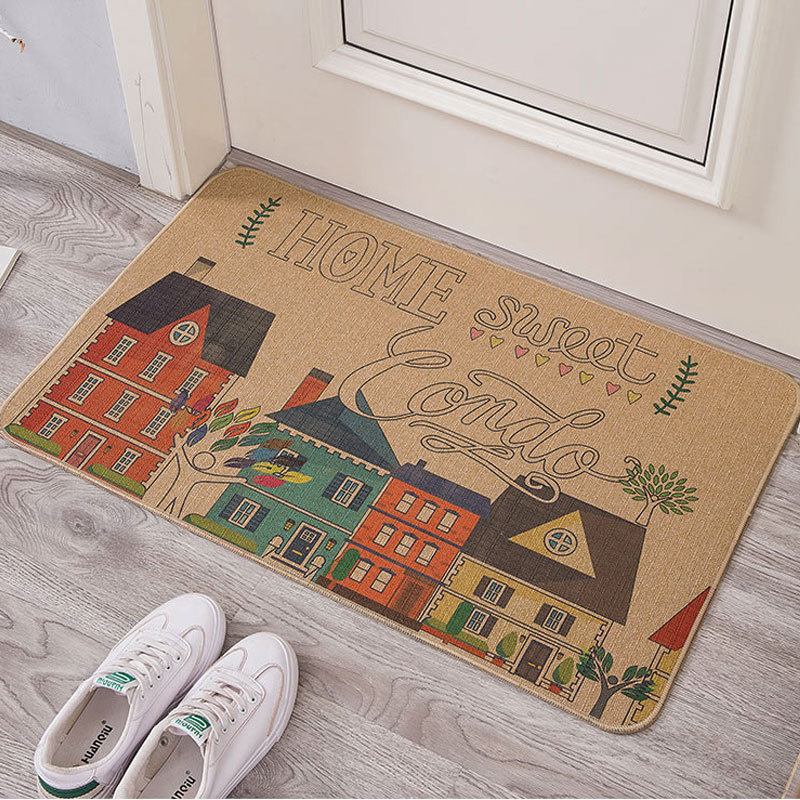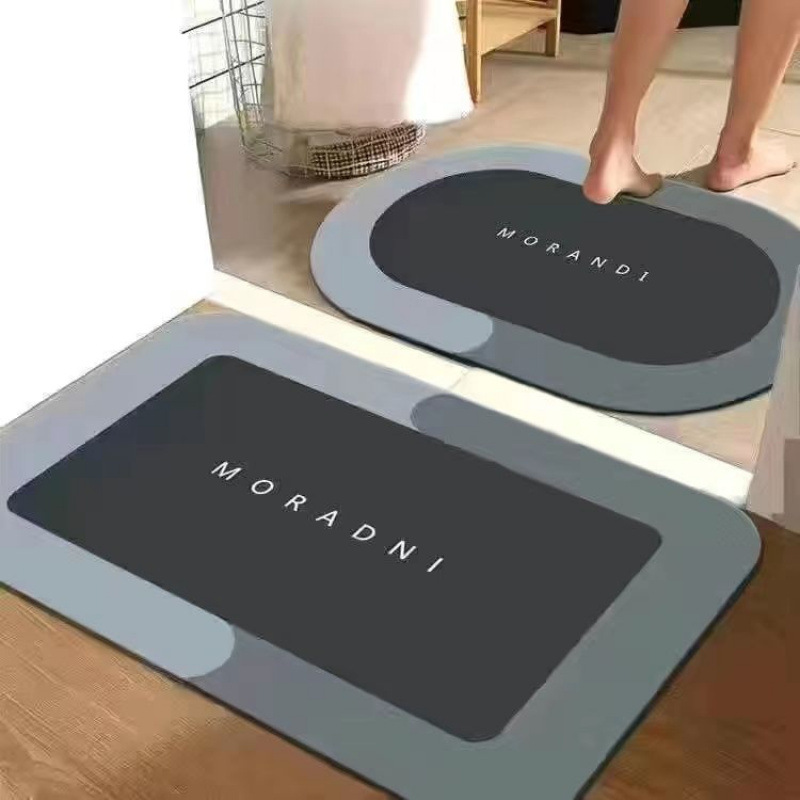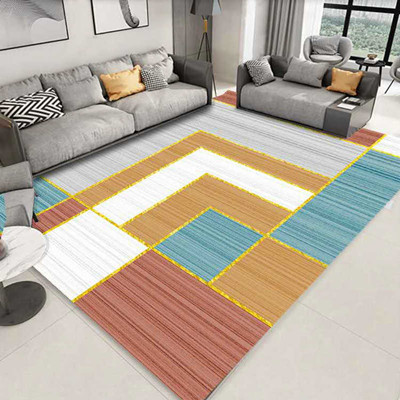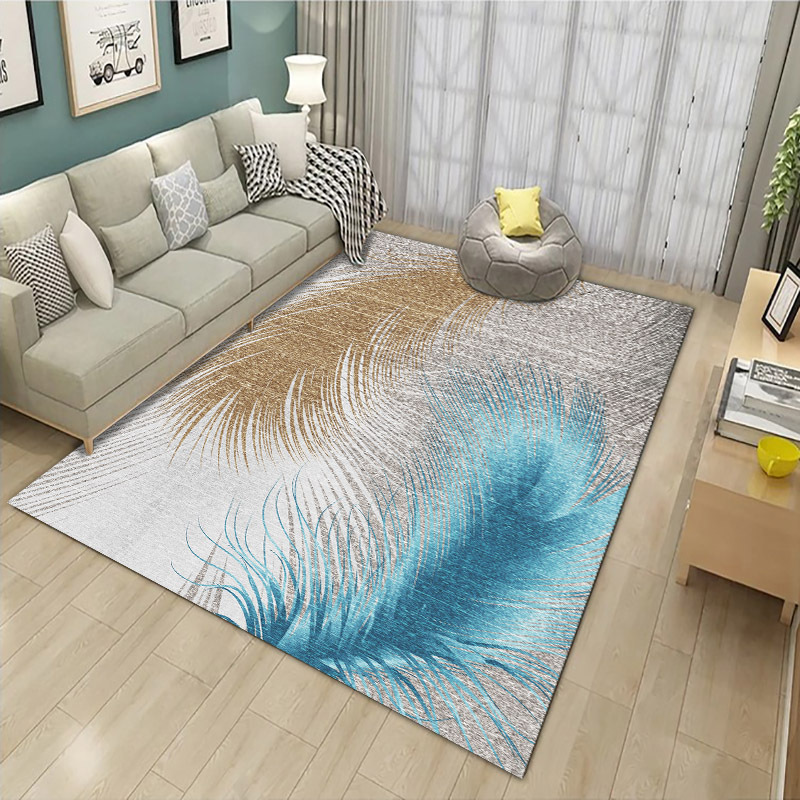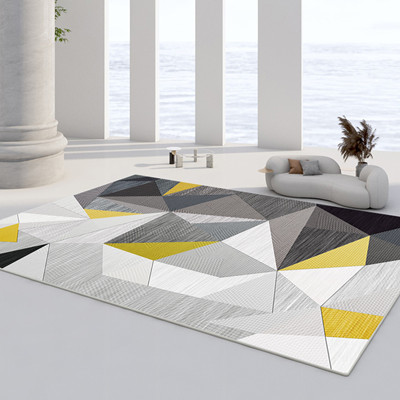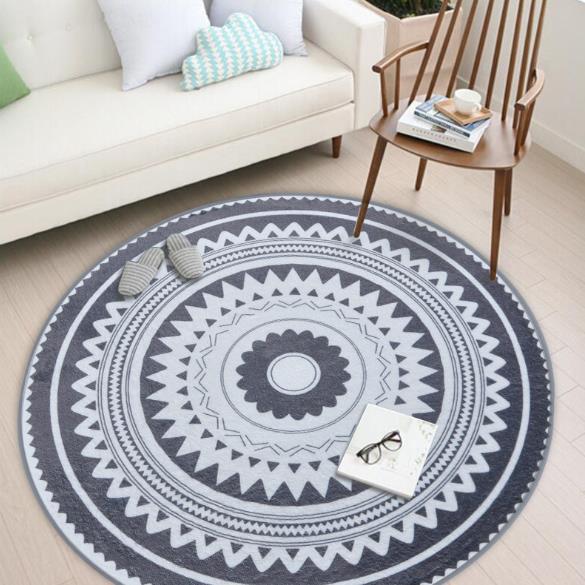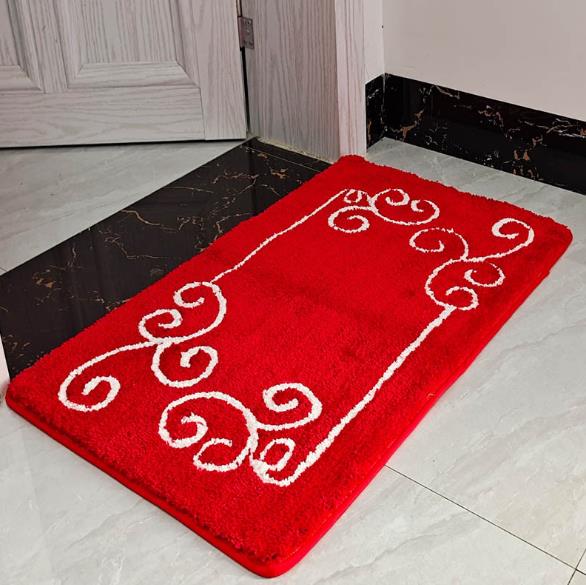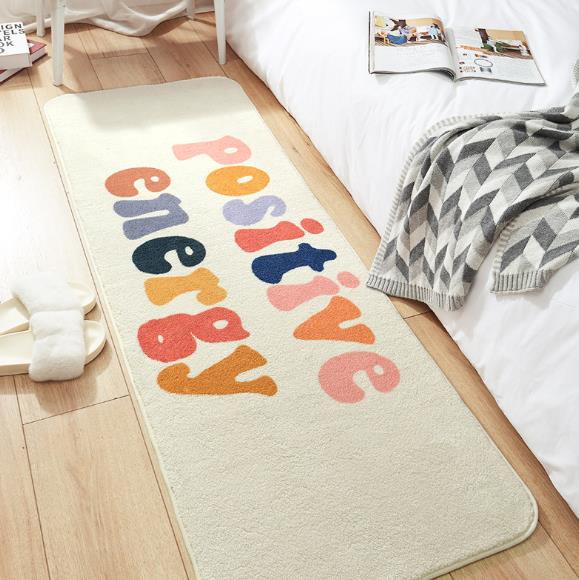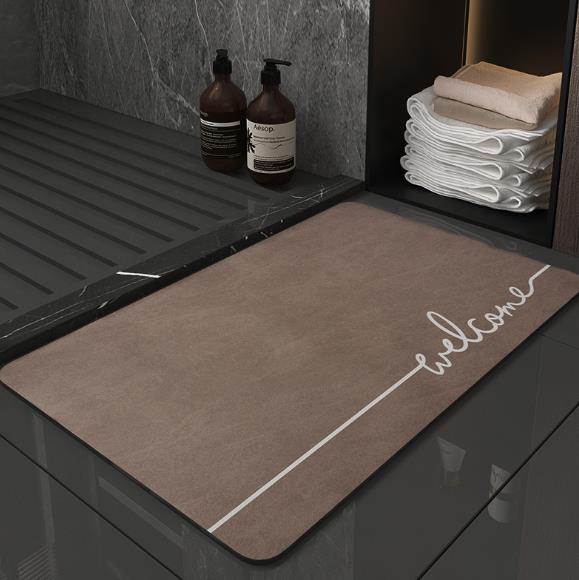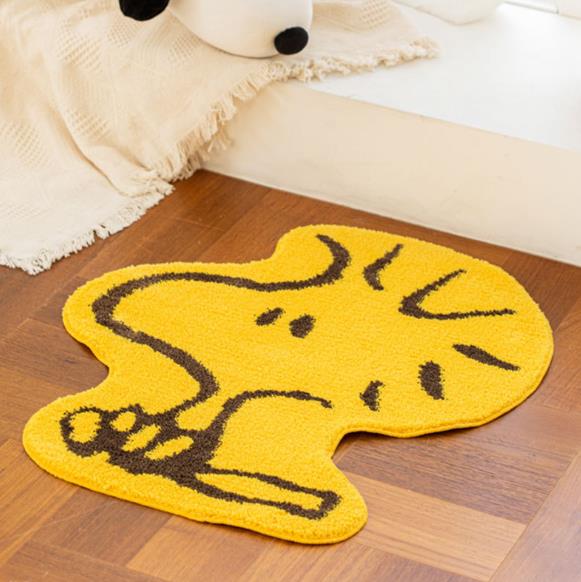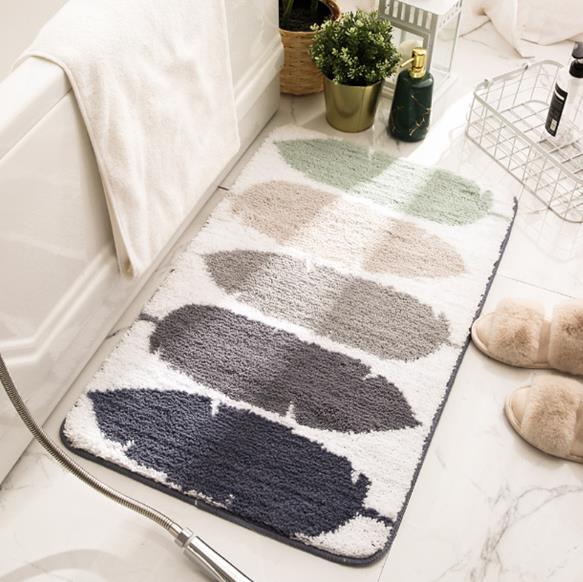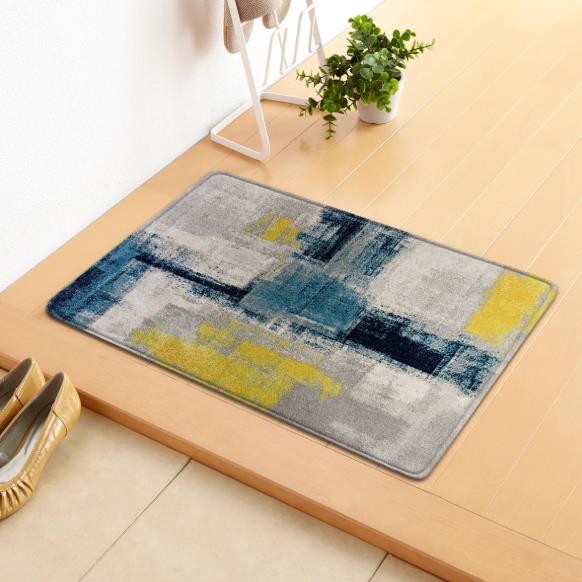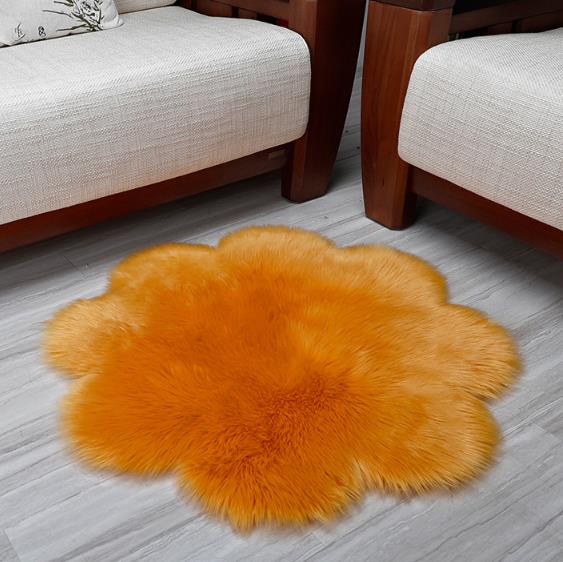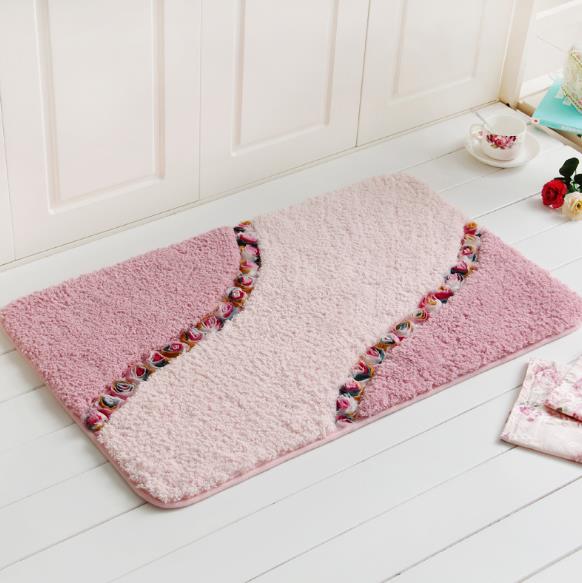⭐ Product Advantages
-
Stylish designs that enhance interior décor.
-
Comfortable and durable construction for daily use.
-
Wide variety of colors, sizes, and patterns.
-
Bulk wholesale availability with factory pricing.
🛠️ Customization Services
We provide OEM/ODM customization for living room mats, including unique sizes, material choices, surface patterns, and branded labels. Working with a custom living room mats supplier, businesses can create products that align with both brand identity and consumer lifestyle trends. Custom packaging is also available to support retail distribution.
🧵 Materials & Structure
-
Fabric blends: soft touch with durable weaves.
-
Foam or rubber backing: improves comfort and anti-slip safety.
-
Pattern designs: woven, printed, or embroidered options.
Every mat from our living room mat factory is produced under strict quality control, ensuring uniform craftsmanship and consistency across wholesale orders.
📦 Minimum Order Quantity (MOQ)
MOQ varies depending on material and customization. Standard stock mats are available at lower quantities, while embroidered or fully customized designs require larger wholesale orders. As an experienced wholesale living room mats manufacturer, we offer flexible solutions for distributors and global buyers.
👉 Buyers often combine living room and Bathroom Mats Manufacturer for a broader home textile portfolio.
🌍 Why Choose Us
-
Direct manufacturer with modern production capacity.
-
Competitive wholesale pricing with strict QC standards.
-
Broad customization for branding and retail packaging.
-
Trusted supplier for global distributors and retailers.
-
Professional design support for OEM/ODM projects.
❓ FAQs
Q1: Do you supply living room mats in bulk?
Yes, we provide wholesale supply with a wide range of designs for global buyers.
Q2: Can living room mats be customized with branding?
Yes, we offer labels, packaging, and custom sizes to support retail brands.
Q3: What is the MOQ for living room mats?
MOQ depends on style and customization, with flexible options for wholesale orders.
Q4: Are your mats suitable for hotels and offices?
Yes, our mats are widely used in residential, commercial, and hospitality spaces.










